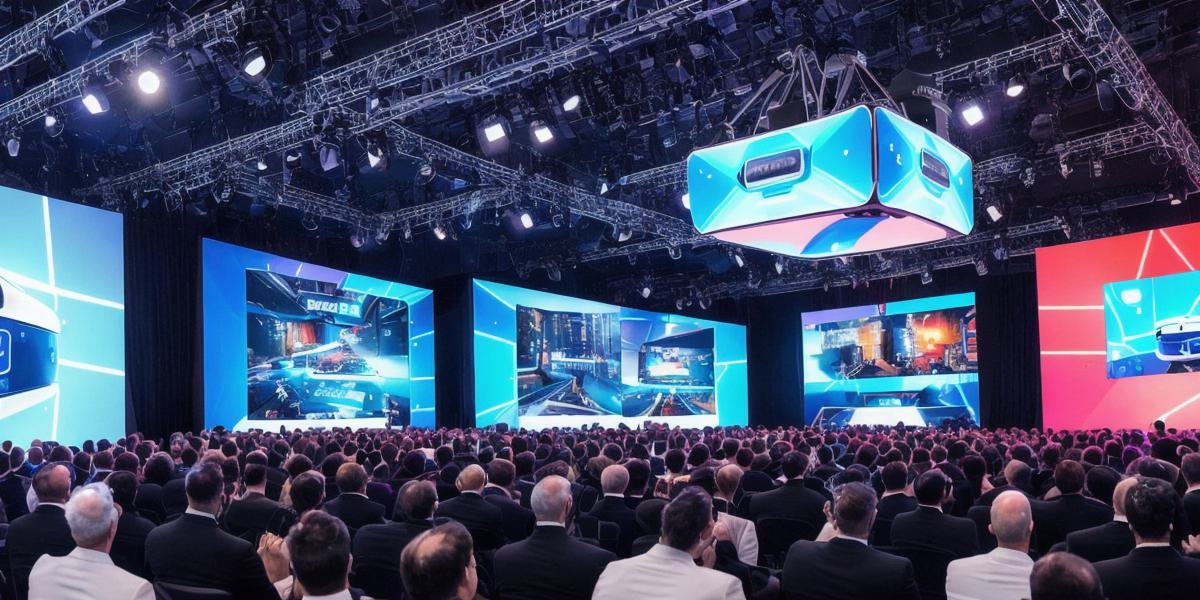The Future of VR: Exploring Trends and Innovations at Industry Conferences

Virtual reality (VR) has come a long way since its inception, and it’s clear that this technology is here to stay. From gaming to education and healthcare, VR has the potential to revolutionize the way we interact with the world around us. In this article, we’ll explore some of the latest trends and innovations in the VR industry, as seen at major industry conferences.
One of the biggest trends in VR is the growing use of wireless headsets. These devices allow users to move more freely and interact with their virtual environment without being tethered to a computer or console. This has led to some impressive advancements in areas like fitness and sports, where VR can be used to create immersive training experiences that simulate real-world scenarios.
Another major trend is the development of haptic technology, which allows users to feel physical sensations in their virtual environment. This can range from simple vibrations to more advanced tactile feedback that simulates the sensation of touch. Haptic technology has the potential to make VR experiences even more immersive and engaging, and we’re likely to see more advancements in this area in the coming years.
In addition to these trends, there are also some exciting innovations on the horizon for VR. One example is the development of standalone VR headsets, which don’t require a separate computer or console to function. These devices have the potential to make VR more accessible to a wider audience, as they don’t require any setup or external equipment.
Another innovation is the use of AI and machine learning in VR. These technologies can be used to create more personalized and interactive experiences for users, as well as to improve the accuracy and realism of virtual environments. This could lead to some truly revolutionary applications of VR, from realistic simulators for military training to immersive workplaces that allow employees to collaborate in a virtual space.
Finally, it’s worth noting that the VR industry is still relatively small, and there are many challenges that need to be addressed before this technology can truly reach its full potential. These include issues around cost, accessibility, and privacy, as well as the need for more standardized software and hardware platforms.
Despite these challenges, however, it’s clear that VR is a rapidly evolving industry, and there are some truly exciting things happening in this space. Whether you’re a gamer, an educator, or a healthcare professional, VR has the potential to transform the way we live, work, and play. So stay tuned for more developments in this fascinating field!





